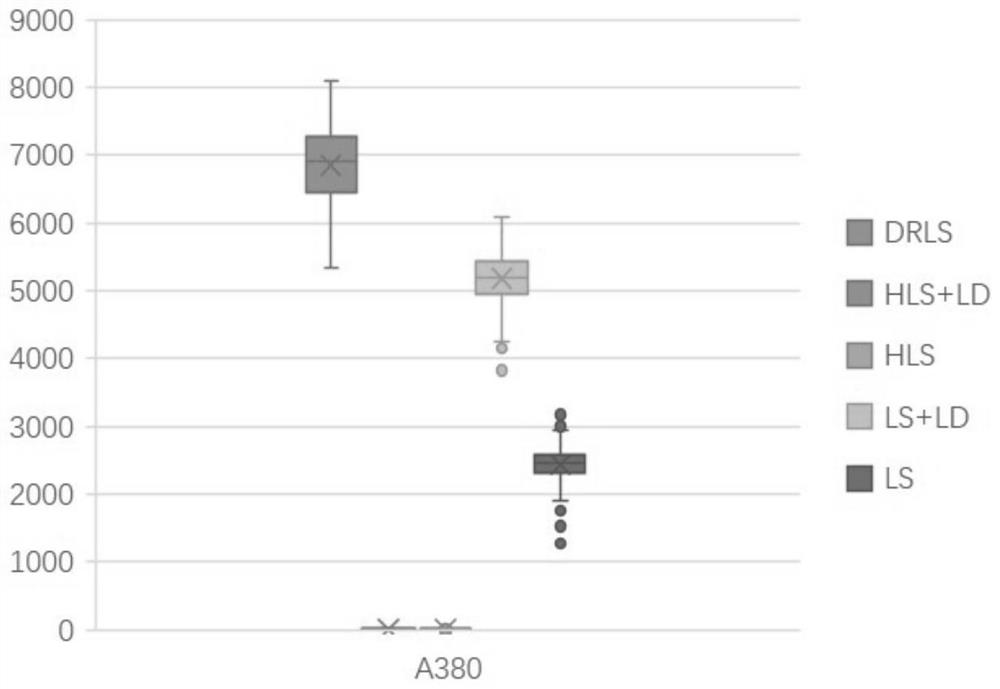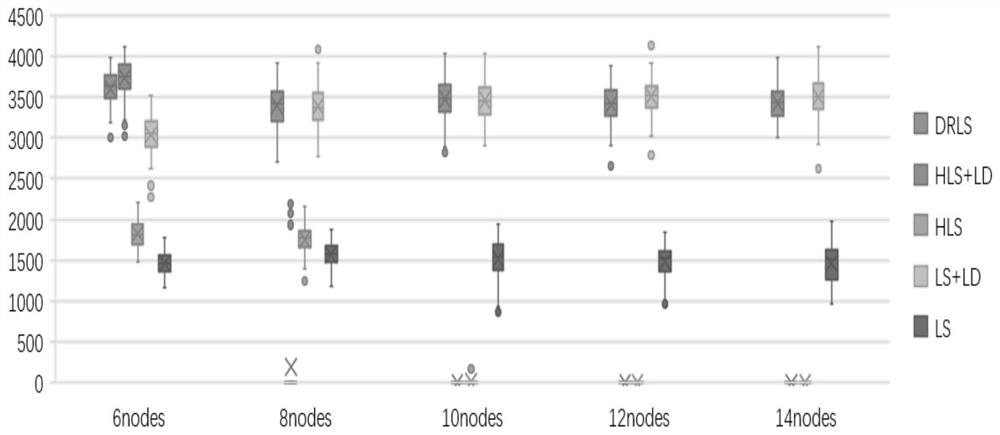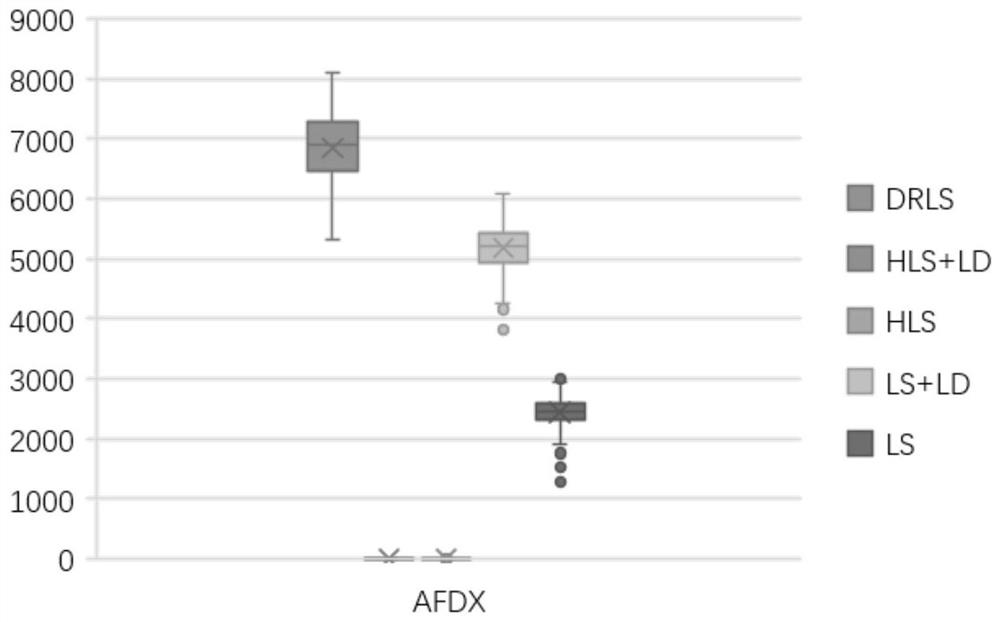Time-sensitive network communication flow scheduling method based on deep reinforcement learning
A technology of reinforcement learning and network communication, applied in the field of time-sensitive network communication flow scheduling based on deep reinforcement learning, to achieve the effect of reducing computing time and increasing practicability
- Summary
- Abstract
- Description
- Claims
- Application Information
AI Technical Summary
Problems solved by technology
Method used
Image
Examples
Embodiment Construction
[0030] The technical solutions in the embodiments of the present invention will be clearly and completely described below in conjunction with the accompanying drawings in the embodiments of the present invention. Obviously, the described embodiments are only some of the embodiments of the present invention, not all of them. Based on the embodiments of the present invention, all other embodiments obtained by persons of ordinary skill in the art without making creative efforts belong to the protection scope of the present invention.
[0031] see Figure 1-8 , the present invention provides a technical solution: a time-sensitive network communication flow scheduling method based on deep reinforcement learning, the steps of which are as follows:
[0032] Step 1: Ensure the overall construction foundation, arrange the neural network and strengthen the learning. In a neural network, an x is usually defined as the input x∈X D , this x is sampled from the real distribution, using f...
PUM
 Login to View More
Login to View More Abstract
Description
Claims
Application Information
 Login to View More
Login to View More - R&D
- Intellectual Property
- Life Sciences
- Materials
- Tech Scout
- Unparalleled Data Quality
- Higher Quality Content
- 60% Fewer Hallucinations
Browse by: Latest US Patents, China's latest patents, Technical Efficacy Thesaurus, Application Domain, Technology Topic, Popular Technical Reports.
© 2025 PatSnap. All rights reserved.Legal|Privacy policy|Modern Slavery Act Transparency Statement|Sitemap|About US| Contact US: help@patsnap.com



